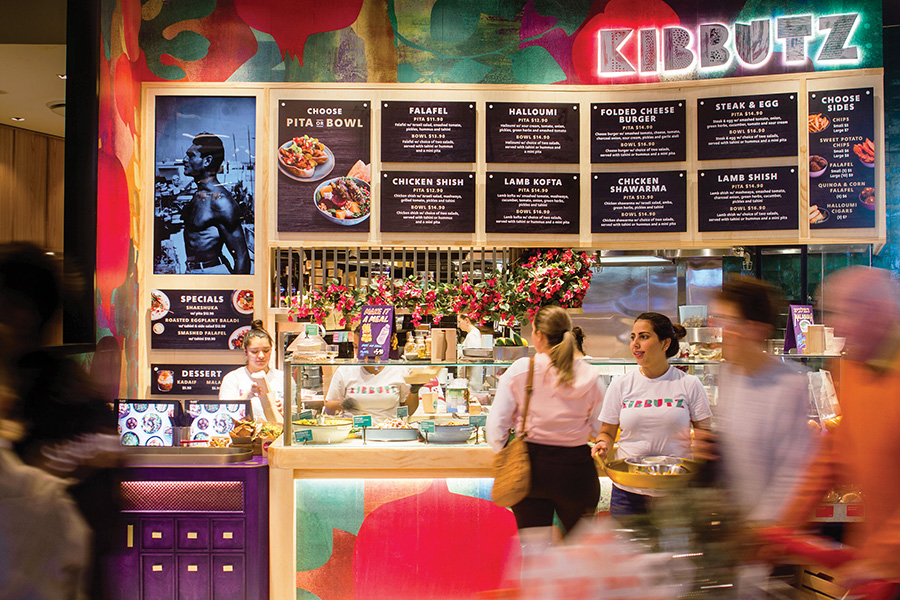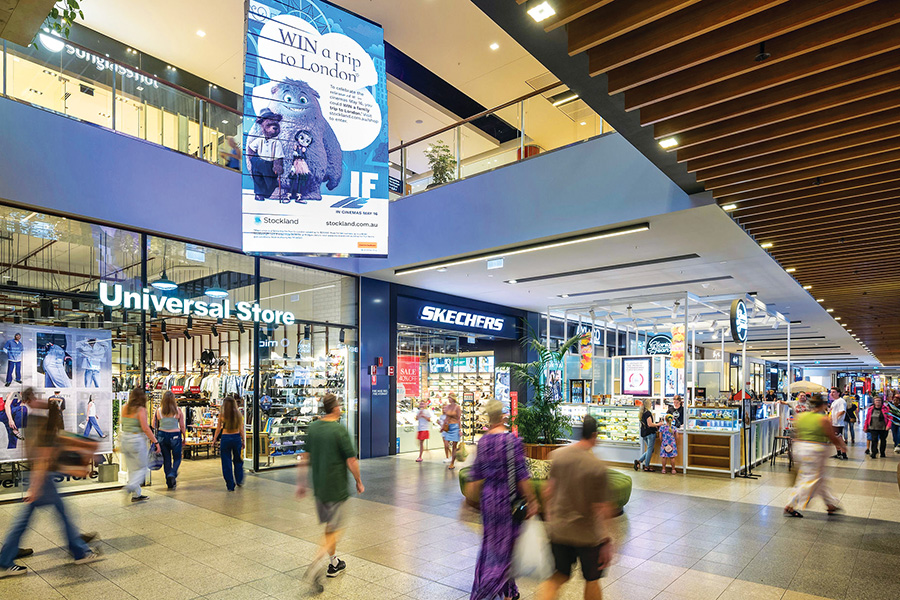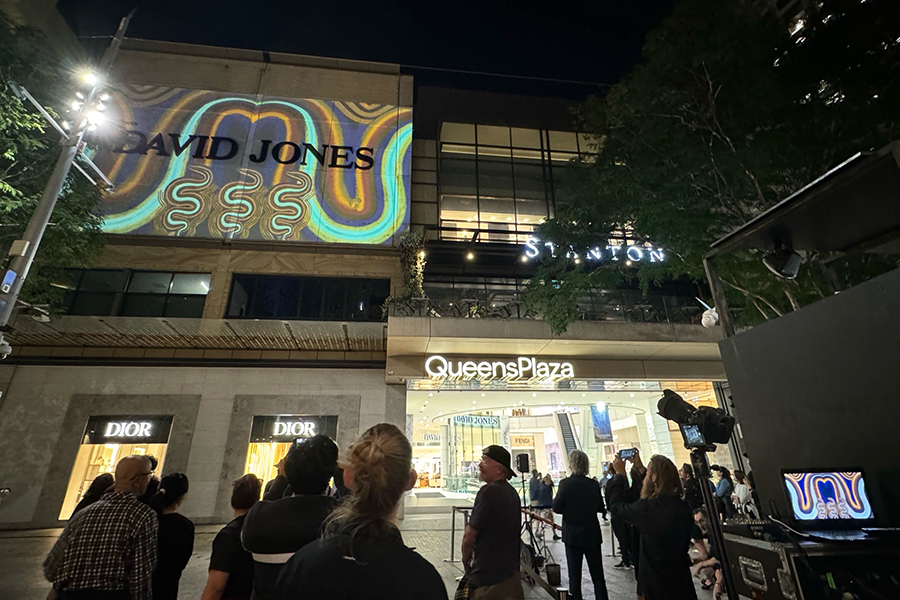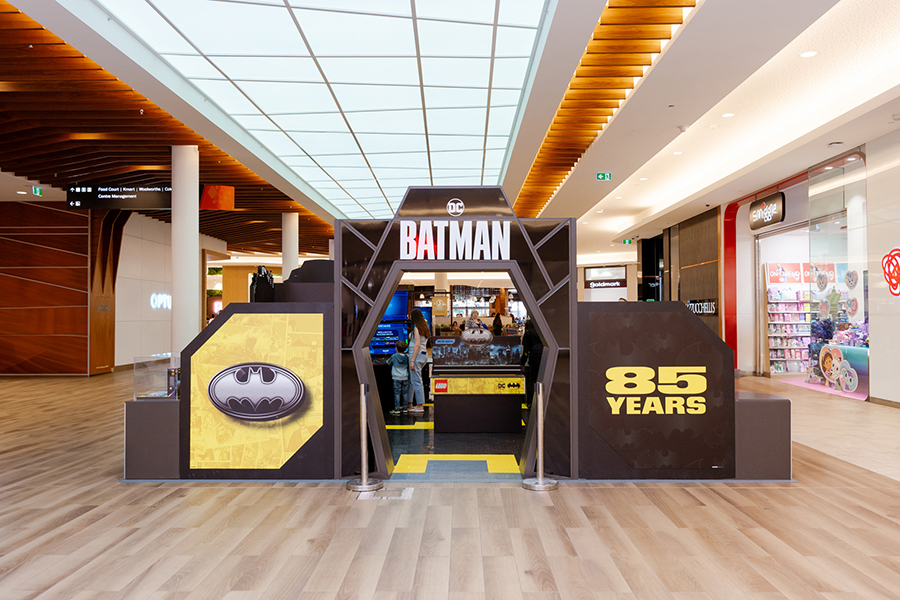If you want to cut costs, don’t include marketing. That’s the message of Melissa Webber. Instead, she advocates that you increase your market share by not just building your brand, but by also making it authentic. That’s not just words, it’s actions. For example, if you promote your centre as a ‘community hub’ and you don’t have a space for mothers’ groups to meet, then you’re all talk and no action!
It’s common for organisations both large and small to cut costs during economic downturns and their marketing budget is often the first to be affected.
Marketing and promotions have historically been regarded as ‘fluff’ in many companies rather than being seen as the direct interface between themselves and their customers. Given that the purpose of marketing in any business is to build the brand, establish relationships and promote the business to drive sales, I have often wondered why it would be the first casualty when times get tough.
As the retail landscape continues to evolve, now is the time to reinvest.
Marketing is the only function in your business that helps you to claim your place in the market, showcase your brand and nurture your target audiences. Done well, it also allows you to withstand competitor attack and avoid having to compete on price.
These days, property fund management companies with retail assets can’t afford to ignore their shopping centre customers in favour of their shareholders or they will risk losing the lifeblood that sustains communities and enlivens business districts. Rather than becoming more homogenous, they must become more bespoke to continue to engage their customers – a proposition that is completely at odds with the recent shift towards cookie-cutter, template-based shopping centre promotions, driven by reduced marketing budgets.
Similarly, retail brands can’t afford to sacrifice their long-term sustainability for short-term success or temporary ‘Insta-fame’. They must declare who they are and what they believe in and stand by these claims for the long haul.
As well as embracing innovative digital marketing and the opportunities it provides, shopping centres and retail brands can return to simple yet proven marketing strategies to secure their positioning and engage their target audiences.

Large blank billboard on a street wall, banners with room to add your own text
1. Build your brand
A brand is not just a logo – it’s a collection of perceptions in the minds of consumers about your organisation. The role of marketing is to establish and preserve these perceptions in the minds of your target audience.
Your visual identity – your logo and overall brand style – must capture attention, evoke positive perceptions and create emotional connections with your audience. It’s your visual language – your fonts, your colour palette and your photographic style – and it should reflect your unique personality.
A brand strategy is a plan that defines who you are and what you stand for and it articulates how you aim to meet your business goals. Developing a brand strategy will help you engage and galvanise both internal staff and potential customers alike.
Branding without a brand strategy is like a road trip without a destination – lots of fun but no clear goal in mind.
More and more, Baby Boomers, Gen X and Millennials are buying with their hearts and minds – not just their wallets – they are choosing to buy from brands that share their core values on issues such as diversity, manufacturing, health, environmental sustainability and social justice.
Gen Z, now huge consumers in their own right, are also demanding that organisations are accountable to their values and do what they say they will do or risk being exposed as inauthentic.
“Every successful brand has a great story that is always reflected in how it talks about itself and interacts with customers, investors, the media and others,” says Forbes’ Kathleen Lucente. It’s carefully identified, crafted and refined for maximum impact while also retaining its authenticity and realness.”
What is your brand story?
What do you stand for?
Take the time to determine what your organisation truly believes in and what you’re willing to fight for.
If you promote your shopping centre as a ‘community hub’ and yet there is no space for mothers’ groups to meet, is this authentic? If you advertise your retail store as ‘eco friendly’ but you don’t have an environmental policy on your website, you may wish to reconsider this claim.
Transparency is vital and you risk the credibility of your organisation if you are exposed – online reviews last for a very long time.
By defining your brand values then embedding them into all your brand touch points, you will help consumers to make value-based decisions about your brand, while at the same time highlighting the intrinsic worth of your products and services.
Your investment: Brand identity and brand strategy.
Your return: The ability to communicate exactly who you are and what you stand for across all channels.

2. Establish relationships
As we all know, to build a lasting relationship with someone, you have to get to know them first – what do they like, what do they watch, what difficulties do they face, what are their needs?
Find out everything you can about your various target audience groups, but do not rely on long-held assumptions or outdated research. Due to the ongoing changes in population, property development and housing affordability, entire demographics can transition in or out of an area in just a few years, so make sure that your data is current.
Create Audience Typologies for each of your audience segments – detailed character profiles that provide insight and inspiration to help you develop personalised content and targeted campaigns for each group.
Audience Typologies personify the general demographics of each segment including age, gender, family and employment status and document their hobbies, cultural preferences and spending habits. They also reference the obstacles and pain-points common to each group, which can be addressed – and solved – in your targeted communications.
Once you have documented your Audience Typologies, put them at the heart of your marketing plan – aim to surprise them, delight them, solve their problems and meet their needs.
Your investment: Market research and Audience Typologies.
Your return: A deep understanding of your target audience and how to engage with them.
3. Promote your business
Now you know exactly who you are and who your customers are, invest in a customer-centric marketing plan to promote your business and execute your brand strategy. Document the best messaging for each Audience Typology and which communication channels are best to reach them.
As well as traditional media channels, there are so many new and exciting ways to reach your audience. From social media and online advertising to influencer and performance marketing, you can now connect with just about anyone.
Next, develop a suite of segmented communication collateral that appeals to your various target groups, reflects your brand identity and showcases your brand values.
As design tools are now so widely accessible regardless of your creative skills, many businesses have opted to produce their marketing collateral as quickly and as cheaply as possible to keep costs down.
However, design is a creative problem-solving process that consists of both thinking and execution – if the thinking is missing from the process, it will be missing from the end result. Be careful not to forego the strategic thinking that informs powerful creative solutions that will resonate with your target audiences and reflect your brand identity.
Your investment: A customer-centric marketing plan and creative communication collateral.
Your return: A cohesive, multi-channel marketing portfolio designed to meet your business goals and an engaged target audience that advocates for you.
Revisiting the very foundations of your brand will not only benefit your business, it will also reinvigorate your internal teams and enrich your culture as professionals are increasingly seeking out purpose-based organisations with authentic principles that they live by.





















